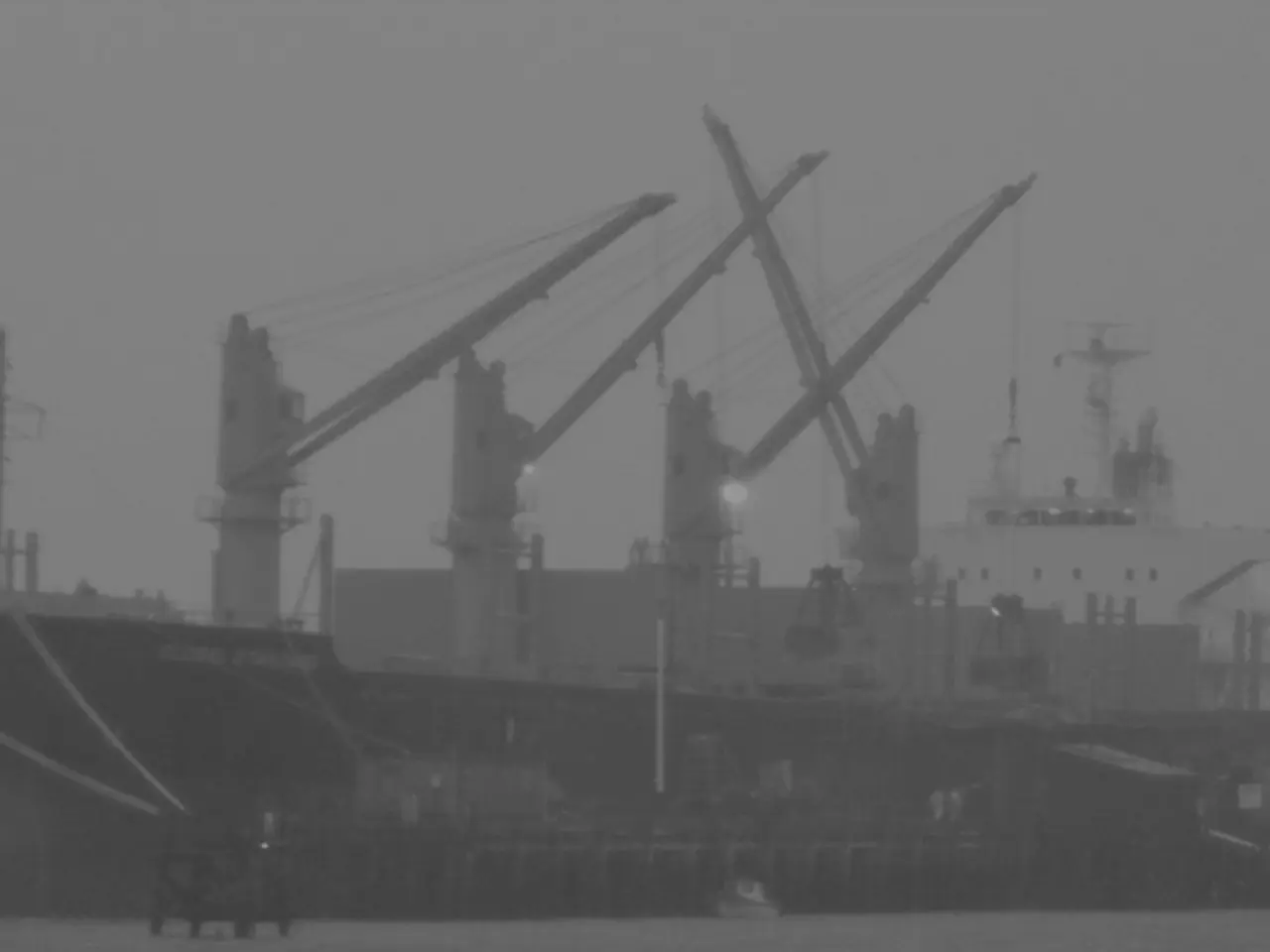American destroyer confronted by Chinese military in South China Sea near Scarborough Shoal
In recent years, the Scarborough Shoal has been a hotspot for clashes between Chinese and Philippine coastguard vessels. The latest incident, which took place on August 11, 2025, involved a collision between a Chinese PLA Navy guided missile destroyer (Type 052D destroyer Guilin) and a Chinese Coast Guard cutter (CCG-3104) during a high-stakes chase of a Philippine Coast Guard vessel delivering aid. This collision severely damaged the Chinese Coast Guard cutter [2][4][5].
The following day, on August 13, 2025, the US Navy responded by deploying two warships—the guided missile destroyer USS Higgins (DDG-76) and the Independence-class littoral combat ship USS Cincinnati (LCS-20)—to conduct freedom of navigation operations (FONOPs) near Scarborough Shoal. The Chinese PLA Navy warship with hull number 568 shadowed the US ships at about 30 nautical miles from the shoal and issued warnings for the US ship to leave what China claims as its waters. The US denied altering its course, emphasizing the mission was pre-planned to challenge excessive maritime claims [1][3][4].
These incidents underscore the ongoing legal contention over maritime sovereignty in the South China Sea. The US conducts FONOPs to assert navigation rights under the United Nations Convention on the Law of the Sea (UNCLOS), which China contests by claiming historic and territorial sovereignty well beyond internationally recognized norms [1][3]. The collision between Chinese vessels during harassment of Philippine Coast Guard ships showcases the risks of escalatory incidents amid overlapping claims and surveillance operations.
The US and its allies view China's expansive claims and maritime restrictions—including demands for entry notifications and its patrols—as contrary to UNCLOS provisions guaranteeing freedom of navigation in international waters [1][3]. The tension at Scarborough Shoal worsens instability in the South China Sea—a vital international shipping lane and resource-rich area—raising the risk of unintended military clashes between major powers.
The collision between Chinese vessels may indicate operational strain and aggressive posturing by China’s forces, which inadvertently threaten Chinese internal coherence while heightening friction with the Philippines and the US. The US Navy’s persistent FONOPs reinforce US commitment to uphold international maritime law but also intensify its military rivalry with China, creating ongoing flashpoints for confrontation. The Philippines remains at the center of the dispute, reliant on both diplomatic channels and naval safety amid Chinese harassment [1][2][3][5].
In summary, recent PLA and US Navy encounters near Scarborough Shoal reflect intensified competition that tests the limits of international maritime law under UNCLOS and impacts regional security dynamics by increasing the chance of conflict escalation in the South China Sea. The US destroyer entered the disputed waters near Scarborough Shoal, known as Bajo de Masinloc in the Philippines and Huangyan Island in China, while the collision mentioned in the article occurred near Scarborough Shoal.
- The escalating military incidents in the South China Sea, such as the collision between Chinese vessels near Scarborough Shoal, highlights the need for diplomacy to address the ongoing legal disputes over maritime sovereignty, ensuring adherence to international norms in politics and particularly the United Nations Convention on the Law of the Sea (UNCLOS).
- As tensions persist between China and its neighbors due to conflicting claims in the South China Sea, military maneuvers like the US Navy's freedom of navigation operations (FONOPs) can have significant political ramifications, potentially aggravating the already volatile general-news landscape in the region.








